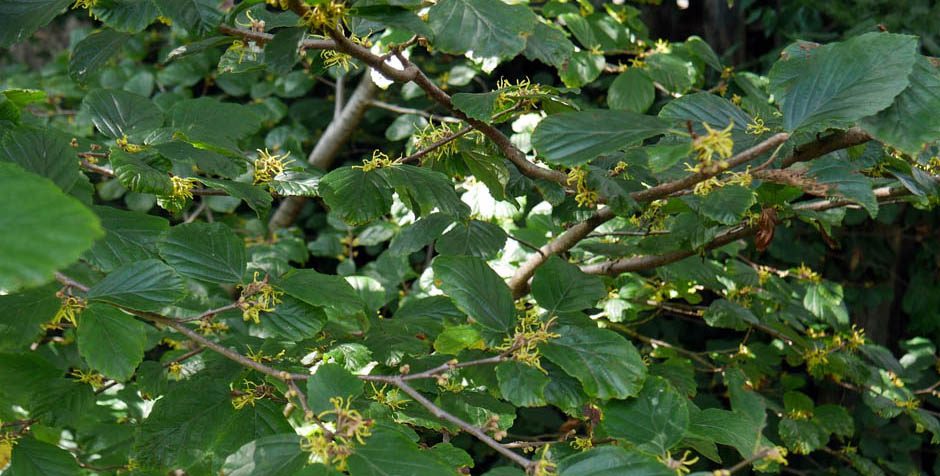 NSWFS member Caitlin Porter is lead author of this magnificent publication:
NSWFS member Caitlin Porter is lead author of this magnificent publication:
Porter, C.J.M., Basquill, S.P. and Lundholm, J.T. 2020. Barrens Ecosystems in Nova Scotia: Classification of Heathlands and Related Plant Communities. Joint publication of Nova Scotia government and Saint Mary’s University. Nova Scotia Department of Lands and Forestry, Biodiversity Reference Guide 2020-001.
Caitlin J.M. Porter, Department of Biology, Saint Mary’s University, Halifax, NS
Sean P. Basquill, Wildlife Division, Nova Scotia Department of Lands and Forestry, Kentville, NS; Department of Biology, Saint Mary’s University, Halifax, NS
Jeremy T. Lundholm, Department of Biology, Department of Environmental Sciences, Saint Mary’s University, Halifax, NS
It’s 72 pages, well illustrated with photos and maps. It is available in pdf form at https://novascotia.ca/natr/wildlife/pdf/Barrens-Classification.pdf
From the Introduction:
Barrens Ecosystems in Nova Scotia: Classification of Heathlands and Related Plant Communities is a comprehensive technical guide to the diversity, distribution, composition and environmental determinants of plant communities on barrens in Nova Scotia. It includes technical descriptions of 22 distinct plant communities found across the full ecological and geographic range of barrens in the province. This guide is a companion to the Forest Ecosystem Classification for Nova Scotia (Neily et al. 2011) and to other ecosystem classifications currently in development for the province. We wrote this guide as a tool to support the objectives and activities of land use planners, conservation and restoration practitioners, naturalists, natural resource managers, and scientists.
The topic is of especial interest to the NSWFS, as we frequently visit barrens sites. Both Caitlin Porter and Jeremy Lunholm have given talks at our meetings several times, either exclusively on barrens or with a lot of reference to them such as when Jeremy talks about his green roof research.
And guess what, we are even mentioned in the Acknowledgments!
Thank you to the Nova Scotia Wild Flora Society for their continued support of our project and for hosting us at their meetings to share the findings of this work before this publication was produced.
Well we thank you, Caitlin Porter, for a fine piece of work and for sharing your enthusiasm for and knowledge of, the topic with us over more than a few years now.

